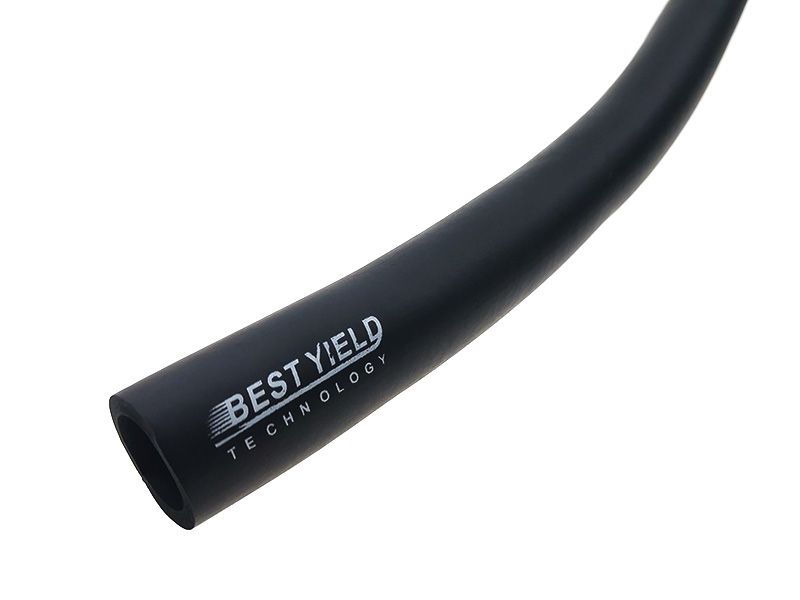Internal and external factors of rubber tube aging
Time:2023-02-01Page views:2811Rubber will undergo changes in its properties due to the comprehensive influence of various factors during use, resulting in a gradual decrease in the performance of rubber and its products over time, until they are damaged and lose their usefulness. This process is called rubber aging. Aging of rubber hoses can cause economic losses, and one way to reduce these losses is to prolong the life of the hose by slowing down aging. To slow down aging, it is necessary to first understand the factors that cause hose aging.
1. Oxidation reaction is one of the important causes of rubber aging, and oxygen will react with certain substances inside the rubber tube, thereby changing the rubber properties together.
2. Raising the temperature will accelerate the diffusion rate of nutrients and the reaction rate of oxidation, accelerating the aging of rubber. On the other hand, when the temperature reaches the corresponding level, the rubber itself will undergo thermal cracking and other reactions, which will affect the performance of the rubber.

3. Light also has energy, and the shorter the light wave, the greater the energy. Among them, ultraviolet radiation is a high-energy light that can have a destructive effect on rubber. Rubber generates free radicals due to the absorption of light energy, triggering and accelerating the oxidation chain reaction. On the other hand, light also plays a heating role.
4. When rubber is exposed to moist air or soaked in water, substances in the rubber that are easily soluble in water will be extracted and dissolved by water, especially in the case of water immersion and atmospheric exposure, which will accelerate the damage of rubber.
5. When rubber is repeatedly acted upon, its molecular chains may break, and accumulating small amounts can cause cracking or even breakage of the rubber hose.
The above are the factors that can cause the aging of rubber tubes. Slight cracking on the surface is a sign of aging, and the outer layer is continuously oxidized to make it brittle. As oxidation continues, the brittle layer will also deepen, manifested as microcracks appearing during bending during use. In this case, the rubber hose should be replaced.